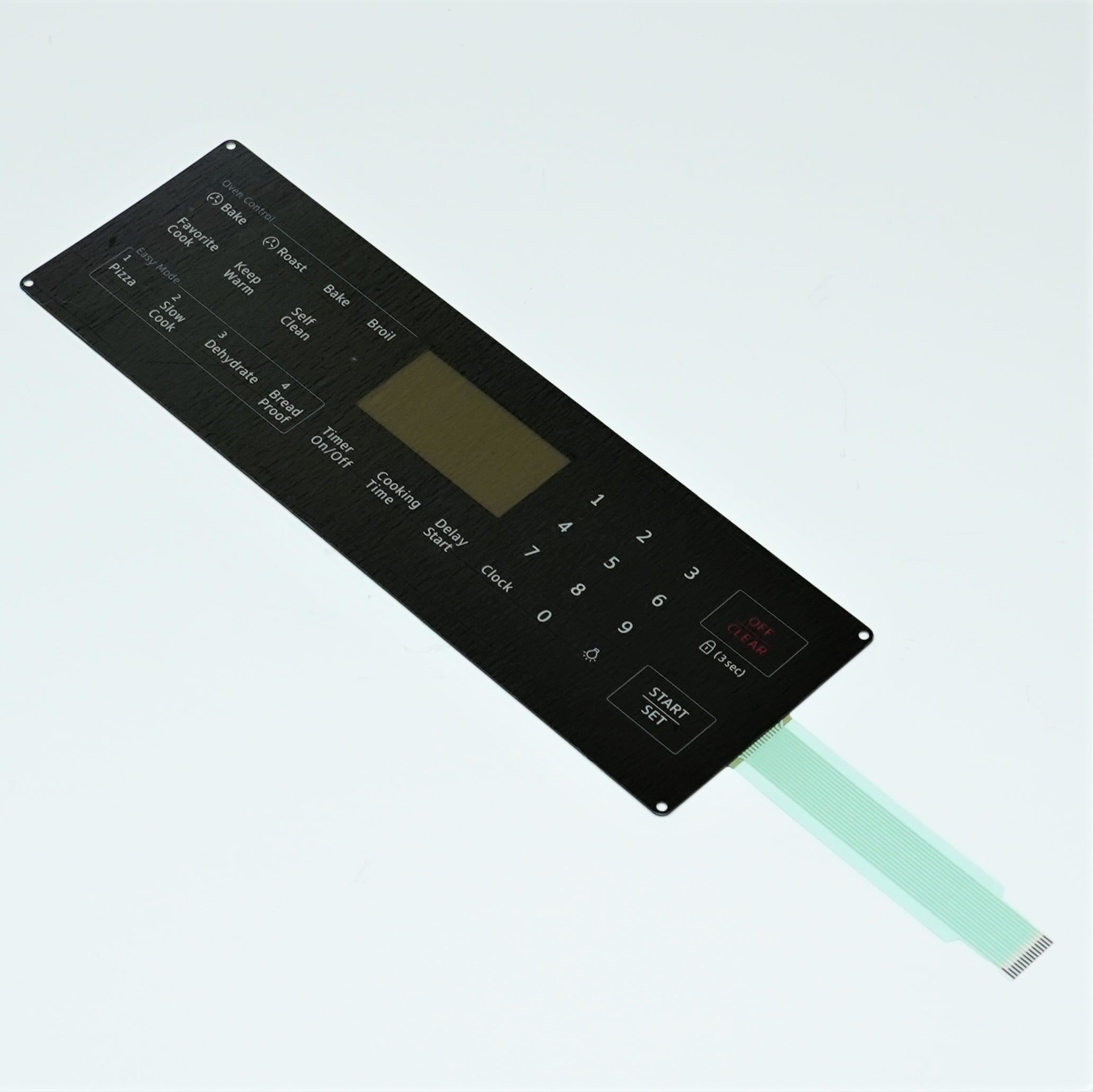How Membrane Switch Technology is Revolutionizing User Interfaces
How Membrane Switch Technology is Revolutionizing User Interfaces
Blog Article
Understanding Membrane Switches Over: The Key to Dependable and sturdy Controls

What Are Membrane Layer Buttons?
Membrane layer switches are a sophisticated option in the realm of interface innovation, incorporating capability and style flawlessly. These devices work as a user interface between individuals and digital systems, incorporating a number of components into a portable layout. Generally built from versatile, thin layers of materials, membrane layer switches are designed to reply to touch, enabling customers to connect with equipment and electronic devices effectively.
The key components of a membrane button include a printed circuit layer, visuals overlay, and a spacer layer that protects against unintentional activation. The graphic overlay can be customized to show brand name identity or user choices, boosting aesthetic appeals while ensuring functionality. Membrane switches are frequently used in different applications, including clinical tools, consumer electronic devices, and commercial devices, owing to their toughness and resistance to environmental factors such as dampness and dirt.
Among the key advantages of membrane layer buttons is their capability to endure deterioration, making them excellent for high-traffic environments. In addition, they are light-weight and require very little area, allowing for innovative layouts in product development. On the whole, membrane layer switches over represent a practical and efficient selection for modern digital interfaces, marrying technology with user-centric layout principles.
Just How Membrane Switches Over Work
The operation of membrane changes joints on a straightforward yet efficient device that converts customer input right into electronic signals. When an individual presses the button, the leading layer deforms, allowing a conductive aspect in the circuit layer to make contact with a matching conductive pad on the bottom of the visuals overlay.
The style of membrane layer switches can vary, however they frequently integrate domes or responsive components to provide responses to the user, improving the general experience - membrane switch. The products made use of in membrane layer buttons, such as polyester or polycarbonate, add to their resilience and resistance to environmental elements, including wetness and dirt. Moreover, the printed circuits are usually encapsulated, which secures them from wear and tear over time.
Benefits of Membrane Buttons

Additionally, membrane switches are understood for their durability. Built from robust materials, they are immune to dirt, moisture, and physical wear, which dramatically expands their life-span compared to conventional mechanical buttons. This toughness makes them specifically ideal for high-traffic environments and applications requiring longevity.
An additional substantial advantage is the convenience of cleaning and maintenance. The smooth surface of membrane switches over decreases dirt buildup and is often unsusceptible spills, making them perfect for settings that call for constant sanitization.
In addition, membrane layer switches provide a streamlined account, bring about a thinner style that can be integrated into numerous gadgets without including bulk. This feature not only enhances the visual allure however likewise adds to an extra ergonomic product style.
Applications of Membrane Buttons
Functional and easy to use, membrane layer buttons discover applications across a large range of markets, including clinical tools, customer electronics, and commercial devices. In the medical area, these switches are integral to tools such as diagnostic equipment, person tracking systems, and infusion pumps, where reliability and simplicity of cleaning are critical. Their view it now ability to maintain and stand up to extreme environments capability makes them ideal for such applications.

In customer electronic devices, membrane buttons are made use of in items like microwaves, washing equipments, and remotes - membrane switch. Their sleek style enables intuitive user interfaces, enhancing the general user experience while offering toughness and resistance to deterioration
Industrial tools also takes advantage of membrane switches, especially in control panels for equipment and automation systems. These buttons provide security versus dirt and moisture, guaranteeing regular efficiency in challenging environments. Moreover, their personalized functions allow makers to tailor them to details functional needs, boosting efficiency and functionality.
Choosing the Right Membrane Switch
When choosing a membrane switch, it is necessary to take into consideration numerous variables that affect efficiency and suitability for particular applications. The primary considerations consist of ecological problems, tactile responses, resilience, and style specs.
First, analyze the operating environment; buttons revealed to dampness, chemicals, or severe temperature levels need specific products to make certain longevity and functionality. Next off, examine the demand for tactile responses. Depending on individual interaction, some applications might take advantage of a tactile feedback to validate activation, while others might choose a non-tactile design for visual reasons.
Longevity is another crucial variable; membrane buttons should be developed to hold up against frequent usage, influences, and abrasion. Make sure the selected switch can withstand the anticipated lifecycle, specifically in high-usage situations.

Final Thought
In conclusion, membrane changes act as necessary parts in the layout of dependable and durable control systems across numerous markets. Their compact layout, combined with durable building and customizable attributes, improves user communication while making sure durability popular settings. The flexibility of membrane layer switches permits tailored remedies that meet certain operational requirements, reinforcing their relevance in modern innovation. As Recommended Reading markets continue to advance, the relevance of incorporating effective membrane layer button services can not be overemphasized.
Membrane changes stand for an important aspect of modern interface style, mixing performance with strength in numerous applications.Membrane layer switches are an innovative solution in the realm of individual interface modern technology, incorporating capability and design perfectly. Commonly constructed from flexible, thin layers of materials, membrane layer buttons are made to react to touch, visit homepage making it possible for customers to connect with equipment and digital tools properly.
The layout of membrane layer buttons can vary, however they typically integrate domes or tactile elements to provide feedback to the customer, boosting the total experience.In final thought, membrane switches serve as essential parts in the layout of trusted and sturdy control systems across numerous sectors.
Report this page